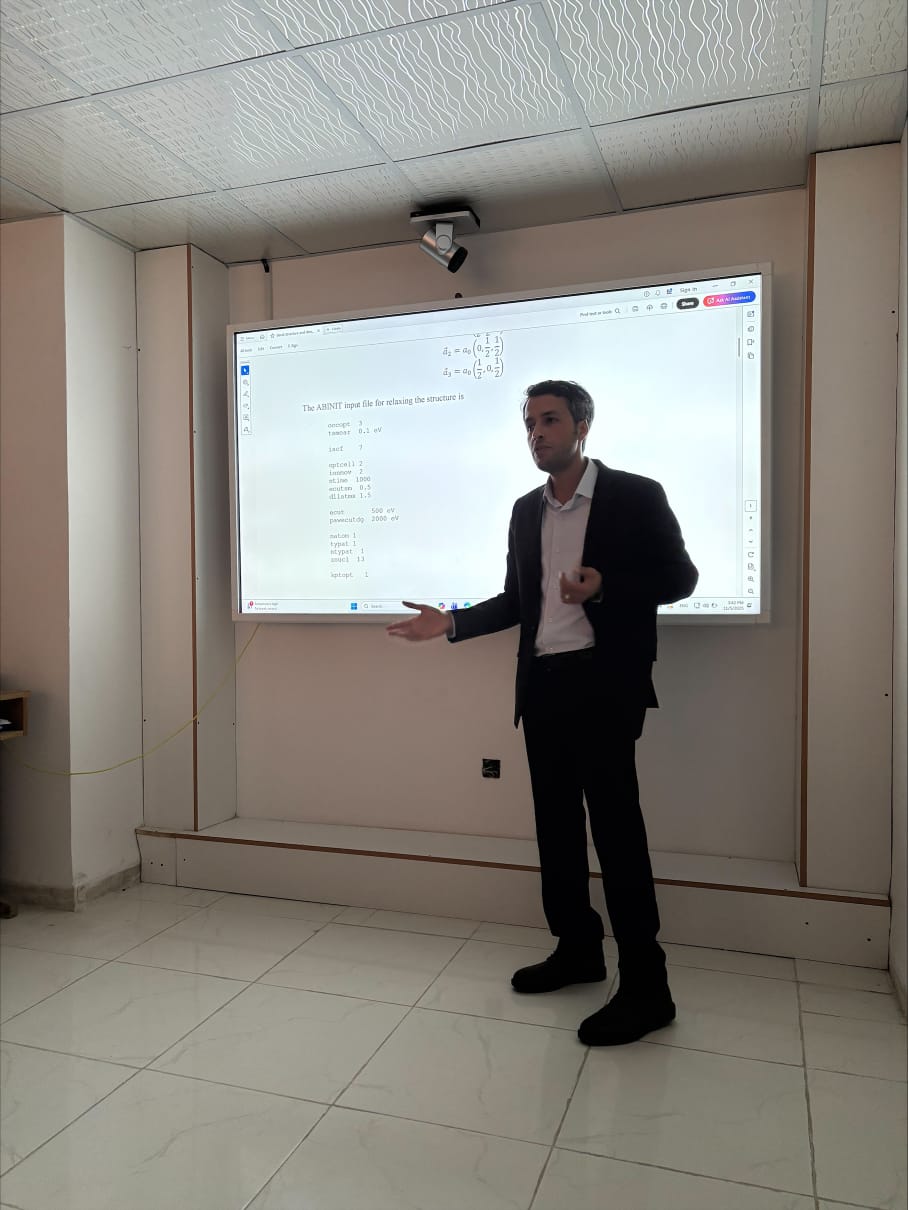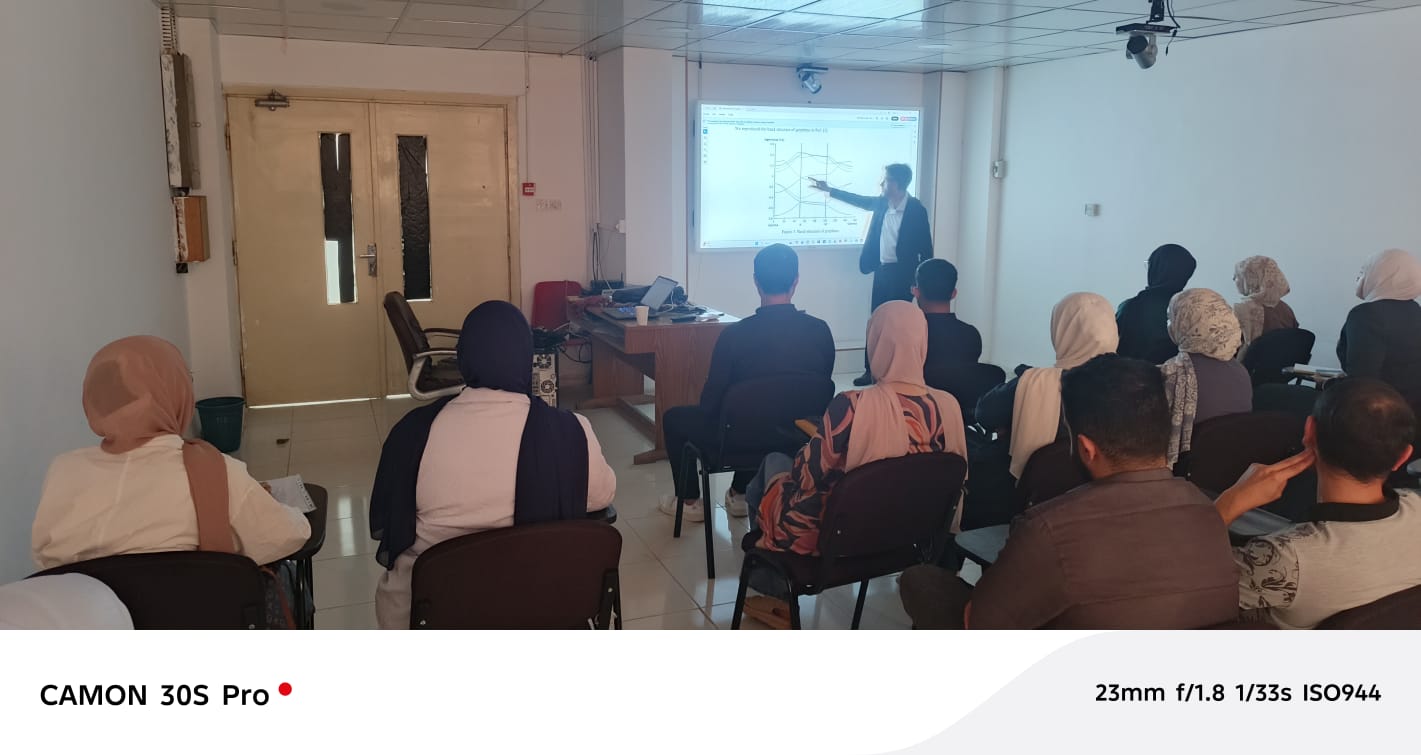
- Basic principles of quantum mechanics and many-body systems
- Key approximations used in DFT
- Comparison between the Hartree, Hartree–Fock, and Kohn–Sham approaches
Part II – Applications in Materials Science Using DFT
-
Bulk Modulus of Carbon
Calculation and interpretation of the stiffness of carbon-based materials. -
Elastic Constants of Diamond
Evaluation of diamond’s anisotropic elastic behavior using DFT simulations. -
Phase Transition Pressure Determination
Predicting pressure-induced phase transitions in crystalline materials. -
Band Structure of Aluminum
Analysis of energy band dispersion and metallic properties. -
Band Structure of Graphene
Study of Dirac cones and electronic properties in a two-dimensional carbon lattice.

-
Vacancy Formation Energy
Calculating the energy required to create atomic vacancies in solids. -
Ion–Solid Interaction and Electronic Stopping Power
Modeling the energy loss of fast ions penetrating solid materials. -
Energy Loss Function and Dielectric Response Analysis
Investigating material response to external fields and mechanisms of energy dissipation.
The applied calculations were carried out using ABINIT and AbiPy within a high-precision quantum simulation environment, aimed at conducting both theoretical and practical analyses of material properties.



